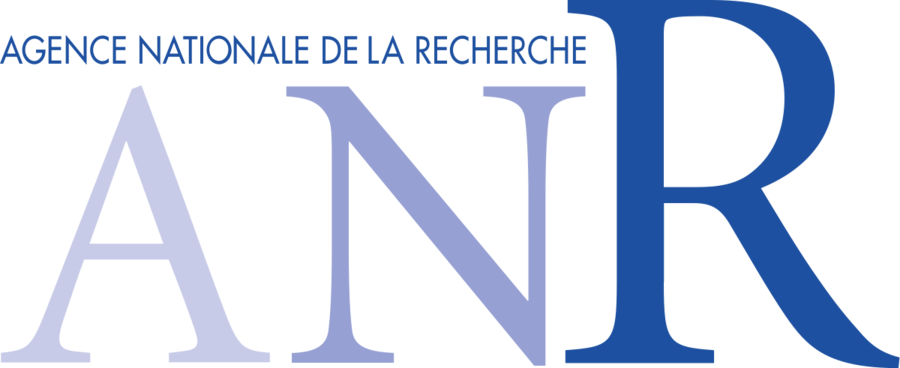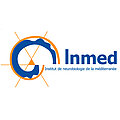Objectives
The objective is to develop a flexible lensless endoscope, specifically, a miniaturized imaging tool, head-mountable on freely-moving rodents, that retains the capabilities of a table-top microscope.
The main challenges to overcome on the path to a functional lensless endoscope are:
- Identifying a compact means of bringing light to and from the tissue to be studied.
- Implementing the means chosen in such that fast two-photon imaging is possible.
We hypothesize that we can overcome these challenges by leveraging the following:
- A novel kind of optical fiber which comprises a long length of MCF and a short length of multi-mode fiber at the distal tip in order to combine the advantages of both types of fiber: MCF facilitates compensation of the detrimental effects of dispersion and conformational variations cf our earlier work; while multi-mode fiber allows to reach the highest mode densities and hence the best spatial resolution in imaging cf the state-of-the-art.
- Fast wave front shaping methods with low-loss SLMs and acousto-optic deflectors. The ultimate objective and the high-risk / high-gain part of NAIMA is to demonstrate the application of the developed two-photon flexible lensless endoscope for neuronal activity imaging of CA1 neurons in living, freely-moving mice in a relevant environment, a neurophysiological research laboratory.






